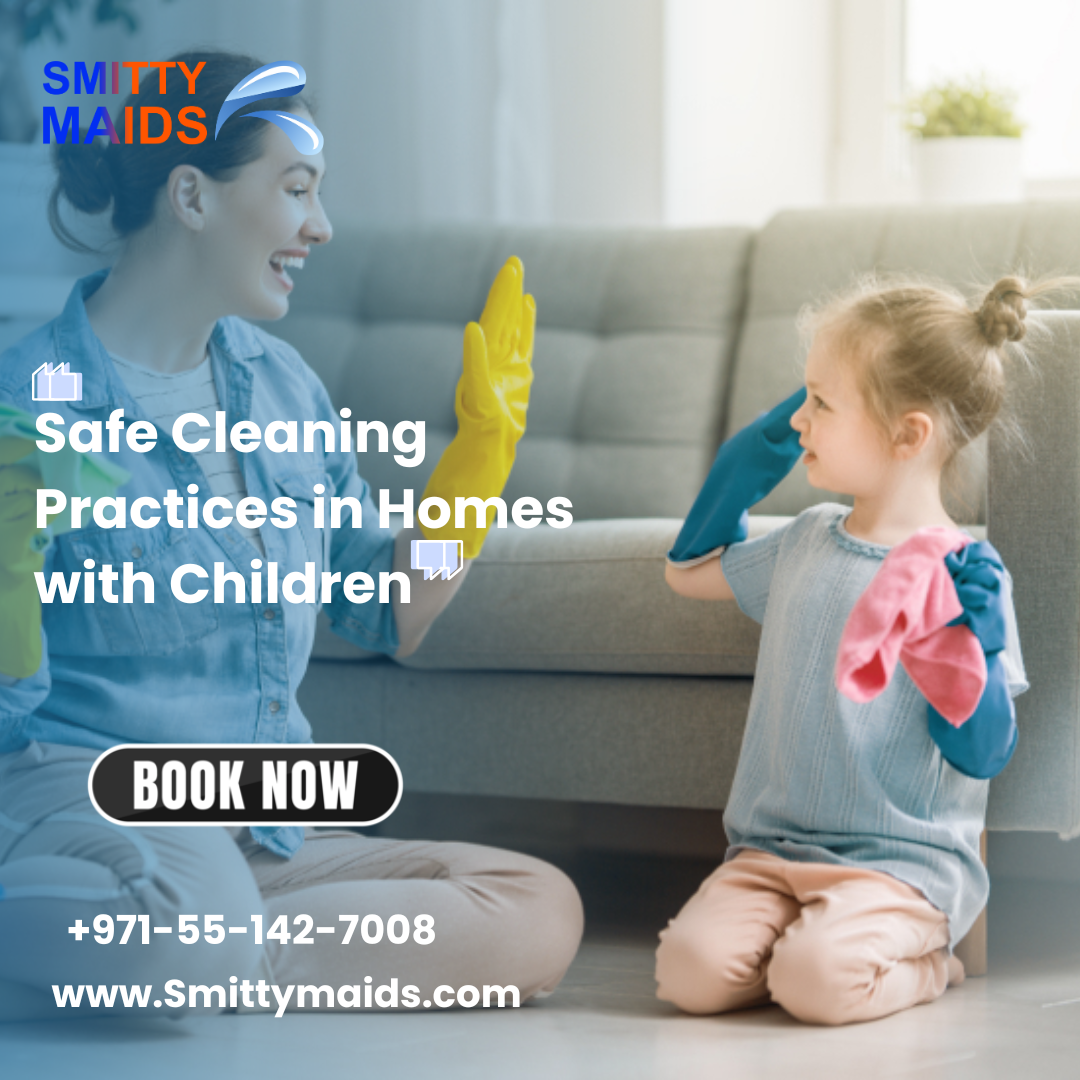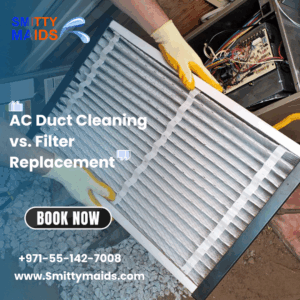Keeping your home clean is essential for a healthy living environment—but when you have children, safety becomes just as important as cleanliness. Young children are curious and tend to touch everything, which makes it crucial to use cleaning methods and products that are both effective and child-friendly. Here’s a guide to safe cleaning practices in homes with little ones around.
1. Choose Non-Toxic Cleaning Products
Many conventional safe cleaning practices contain harsh chemicals that can irritate the skin, eyes, and respiratory system. When cleaning around children, opt for non-toxic, biodegradable, and fragrance-free products. Look for labels that say:
- “Child-safe”
- “Non-toxic”
- “Eco-friendly”
- “Free from ammonia, bleach, and phthalates”
You can also make DIY cleaners using ingredients like white vinegar, baking soda, and lemon juice for safe and effective cleaning.
2. Store Cleaning Products Securely
Even the safest products should be stored out of reach of children. Make sure to:
- Use child-proof locks on cabinets.
- Store all chemicals in their original containers with labels intact.
- Keep storage areas locked or placed high up where little hands can’t reach.
3. Avoid Mixing Chemicals
Mixing certain cleaning products—like bleach and ammonia—can produce dangerous fumes. Even when using natural products, avoid mixing them unless you’re sure it’s safe.
Tip: Never mix store-bought cleaners without checking the label. Stick to simple, one-ingredient solutions when possible.
4. Clean When Children Are Not Nearby
To avoid accidental exposure, it’s best to clean when your children are asleep or regular cleaning out of the room. If you’re using sprays or mopping floors, give the area time to dry before allowing children back in.
Bonus: Use fans or open windows for ventilation to keep the air fresh and free of any lingering fumes.
5. Wipe Down Surfaces Thoroughly
After disinfecting high-touch areas like doorknobs, counters, and light switches, go over them with a damp cloth to remove any residue. This helps prevent children from coming into contact with leftover cleaner on surfaces they may touch or put things on.
6. Use Microfiber Cloths and Steam Cleaners
Microfiber cloths lift dirt and bacteria using only water—no chemicals required. Steam cleaners are also effective for deep cleaning carpets, tiles, and upholstery without needing harsh products.
These tools are perfect for homes with babies and toddlers who spend time crawling or playing on the floor.
7. Label Homemade Solutions
If you make your own cleaning sprays or solutions, always label the bottles clearly with what’s inside and the date made. Store them safely just like commercial cleaners.
8. Sanitize Toys Safely
Children’s toys collect germs quickly. For safe cleaning:
- Wash plastic toys with warm water and mild soap.
- Disinfect with a vinegar-water solution (1:1 ratio), then rinse and dry.
- Soft toys can often be machine washed in a gentle cycle.
Avoid using bleach or strong disinfectants on deep cleaning on items your child may chew or place in their mouth.
9. Teach Older Children Basic Safety
For school-aged children, it’s helpful to teach basic safety rules like:
- Don’t touch or open cleaning bottles.
- Tell an adult if something spills.
- Always wash hands after helping with chores.
Involving kids in simple, safe cleaning tasks can also teach responsibility.
Final Thoughts
A clean home should never come at the cost of your child’s health. By adopting safer cleaning habits and choosing the right products, you can maintain a sparkling home without exposing your little ones to harmful substances. At the end of the day, peace of mind is one of the best things a clean home can bring—especially when kids are in the picture.




